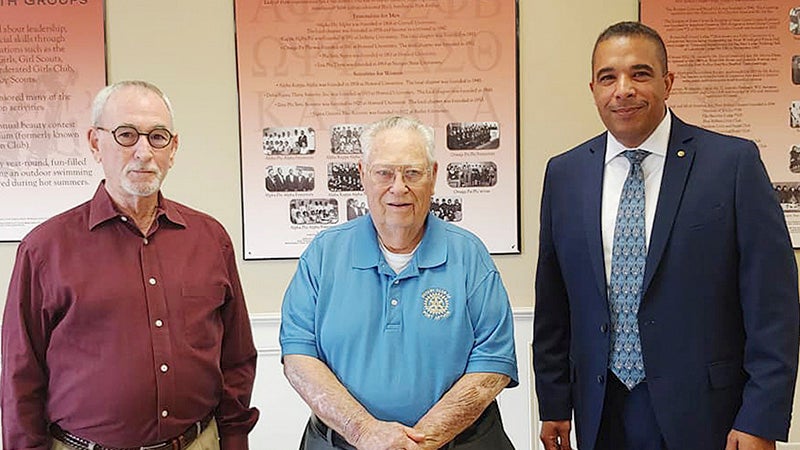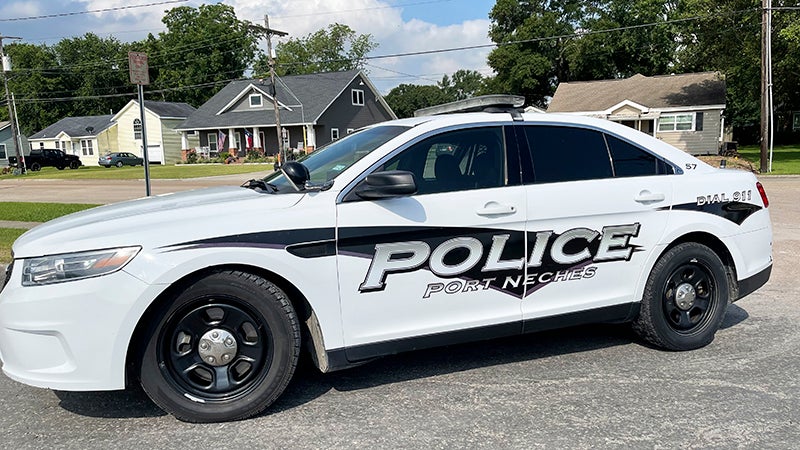ATF teaches explosives 101
Published 11:19 am Wednesday, September 25, 2013
As Johnnie Green wraps up his explanation of what is about to take place at the City of Beaumont Landfill, 4900 Lafin Road, he motions for onlookers to put their fingers in their ears. “This one’s going to rock,” warns Green, a bomb technician with the Bureau of Alcohol, Tobacco, Firearms and Explosives.
Once he is sure everyone’s hearing is sufficiently protected, Green yells, “Fire in the hole!” There is a brief count of “3 … 2 … 1,” before an explosion rips through the landfill, sending acrid gray plumes into the air and shock waves through the body of anyone standing within 500 feet.
The source of the explosion was an ammonia-based dynamite, with a velocity of 24,000 feet per second.
“Imagine 50 of those,” Green said after the dust settled. “Distance is your ally.”
Green had good reason to detonate the explosive. On Tuesday, as part of a training course aimed at educating Beaumont law enforcement officers about investigation of post-blast scenes, Green and the ATF showed the class how to identify various types of explosions by their smoke color and the nature of the blast.
“Anyone can throw a pile of explosives on the ground,” Green told his class. “What we’re trying to do is develop avenues of post-blast investigation.”
Examples included both substances that, on their own, seem perfectly innocuous — sugar and potassium nitrate — to the more sinister-sounding ones, like C-4. While some of the explosives are more commonly found on foreign soil, others have caused devastation closer to home — for example, ammonium nitrate and fuel oil, used by Timothy McVeigh in the 1995 bombing of the Alfred P. Murrah Federal Building in Oklahoma City that left 168 dead and injured nearly 700 more.
“People need to be educated, should it be seen here,” said Franceska Perot, ATF public information officer. “It’s better to know before, not after.”
With the never-ceasing flow of technology, Perot has seen numerous changes in these demonstrations throughout her 25 years with the ATF. For that reason, she said, firsthand knowledge of explosions is invaluable to a law enforcement officer investigating a post-blast scene.
“Criminals are only limited by their creativity, and these devices are constantly upgraded to circumvent the law,” Perot said. “By seeing it, hearing it and feeling it, law enforcement officers will know what to ask the witnesses.”
Although the ATF does these training sessions throughout the year, this is the first time Beaumont has hosted one in nearly 15 years, said James Singletary, Beaumont chief of police.
“Unfortunately, our society is becoming more and more violent, and I’m afraid it’s here to stay,” Singletary said. “You’ve got to be on top of it as much as you can.”
Email: ecallahan@panews.com
Twitter: @ErinnPA





